
The Turfgrass and Prohibited Plants Bylaw requires all property owners or occupants to maintain their properties and ensure that health and safety requirements are met.
Please be a good neighbour! Learn about the do’s and don’ts for your lawn and how to grow pollinator-friendly gardens.
Owners or occupants of private properties are required to cut the turfgrass on their lawn whenever the growth exceeds 20 centimetres in height. Turfgrass includes various perennial grasses grown for lawns. These are grasses typical of traditional lawn that forms a dense, uniform turf if mown.
The Turfgrass and Prohibited Plants Bylaw has removed the process for natural garden exemptions. Under the bylaw all properties are required to maintain their lawns and gardens with a focus on health and safety requirements, such as managing the height of turfgrass, keeping properties free of prohibited plants listed in the bylaw and ensuring that sightlines are not obstructed.
The Zoning Bylaw has regulations about landscaping. The landscaping requirement varies based on the width of the lot (expressed as lot frontage). For example, on lots with a frontage between 6.0 m and less than 15.0 m the requirement is that 50 per cent of the front yard must be made up of landscaping. Of the required landscaping in the front yard, 75 per cent of the landscaped area must be soft landscaping. In the rear yard of a lot with a frontage of more than 6.0 m, 50 per cent of the rear yard must be made up of soft landscaping. Examples of soft landscaping include permeable areas made up of soil or mulch that are suitable for the planting of trees, shrubs and grass. Artificial turf is not considered soft landscaping and does not count towards the soft landscaping requirement.
Section 10.5 and Chapter 800 of the Zoning Bylaw contain the regulations and definitions for landscaping and soft landscaping. Different requirements may apply depending on the size and zoning of your property. Please contact Toronto Building to confirm requirements.
The owners or occupants of private properties must keep their land free of the following prohibited plants. These plants are prohibited on private land because they threaten the environment and/or human health and safety.
Please see the list of prohibited plants below, along with a sample photo and helpful fact sheets that will provide more information and show you how the plant looks like in different stages of stages of growth.
Resources:
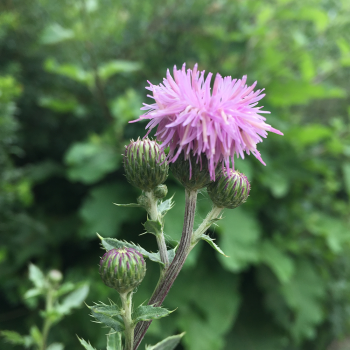
Resource:
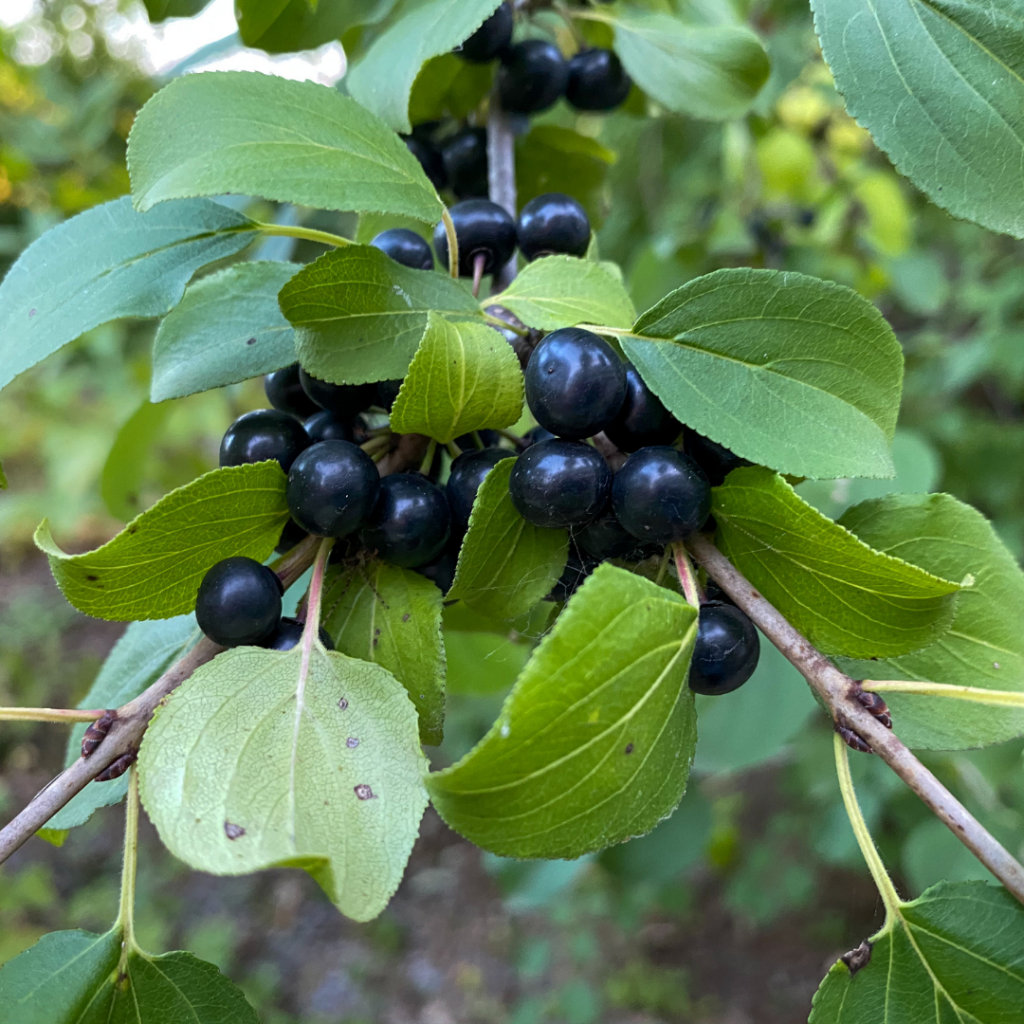
Resource:
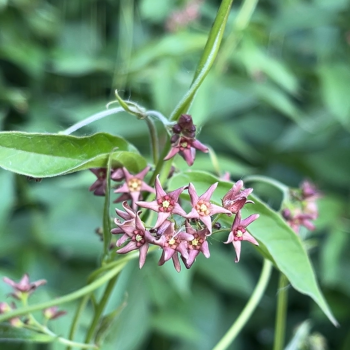
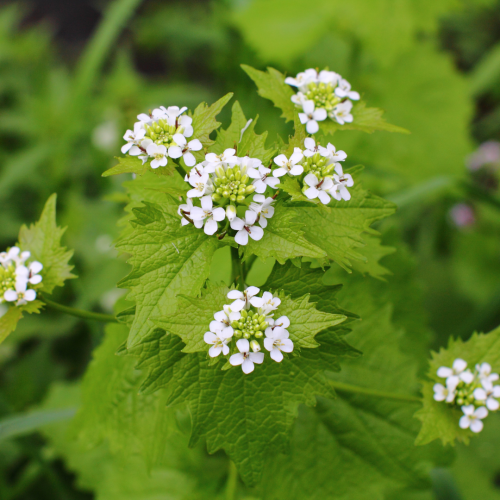
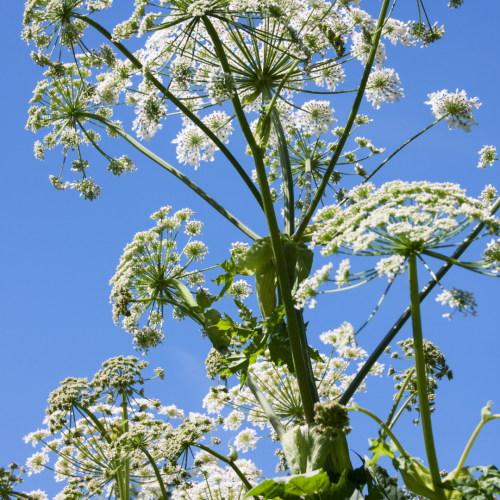
Resource:
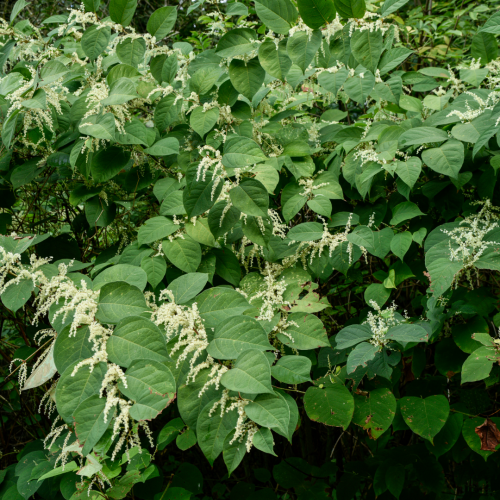
Resources:
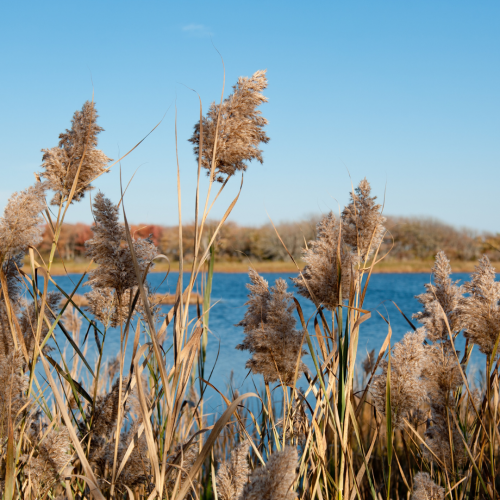
Resources:
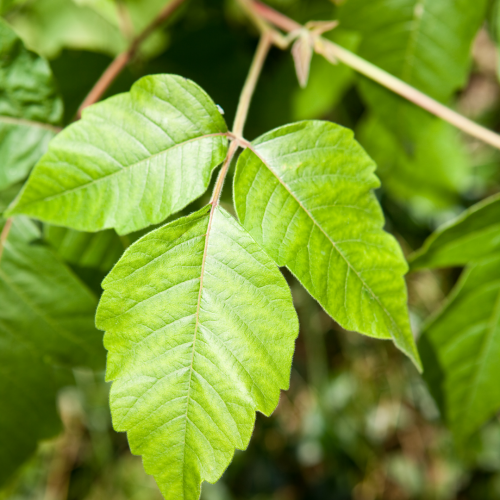
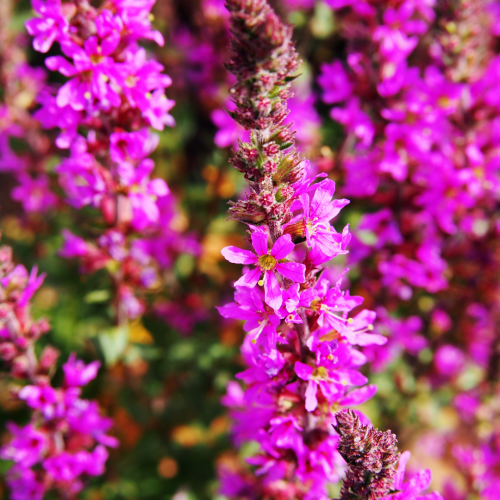
Resources:
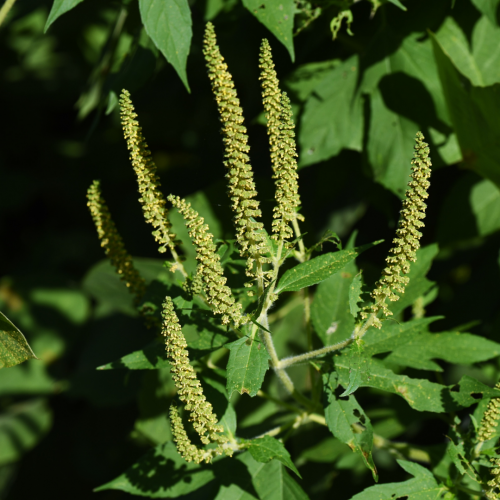
Consider replacing some of your turf grass area with native flowering plants. A perfectly manicured lawn is a food desert for pollinators. Natural gardens and lawns offer the most benefits for pollinators in terms of food and nesting spots.
Toronto is home to a wide range of pollinators, including 364 species of bees and 112 species of butterflies. They provide important ecosystem services such as pollination, which allows plants to produce seeds, fruits and new plants. They are also an important source of food for birds and contribute to the biodiversity in our city.
Habitat loss is the greatest threat to pollinators. That’s why the easiest and most effective way to help native pollinators is to create a pollinator garden with native plants. Native plants provide pollen and nectar which pollinators need to feed themselves and their larvae, as well as places to nest and overwinter.
An ideal pollinator garden will include the following:
Here are some tips to help you create a pollinator garden, including lists of native flowers, trees and shrubs. The plants you choose and how you maintain your garden are important considerations.
Get a grant for creating pollinator habitat in your neighbourhood from PollinateTO.
Meet Toronto’s Official Bee, a metallic green sweat bee named Agapostemon virescens.
Residents can contact 311 to report a property that is not following these bylaw requirements. Complainants are encouraged to clearly identify their concern when contacting 311 and submit photo evidence or other information whenever possible, to support the City’s investigations.
If a property does not meet City standards, the City may send an advisory letter to the property owner notifying them to comply with bylaw requirements. Property owners will be asked to comply with the bylaw by a certain date.
If no action is taken, a bylaw enforcement officer will follow up to take appropriate action to achieve compliance with the bylaw. If property owners do not comply with the bylaw, the City can carry out maintenance work to ensure compliance and the cost of that work may be added to the property tax bill.
Residents can contact 311 to submit a complaint about a bylaw violation. If there is a complaint or information about a possible violation, Bylaw Enforcement Officers investigate, educate and/or take enforcement actions.
The goal is to resolve issues and ensure that property owners and occupants are following the bylaws. Each issue is addressed on a case-by-case basis to make sure reasonable, fair and appropriate actions are taken. For example, in some cases the issue may be resolved through education. In other cases, further enforcement action is required.
If a property owner does not comply with the Turfgrass and Prohibited Plants Bylaw, they are guilty of an offence. They may be issued a ticket and be required to pay a fine for the offence outlined in the table below. The City can also carry out maintenance work to ensure compliance and the cost of the work may be added to the property tax bill if property owners do not comply.
| Offence | Bylaw Provision | Fine |
|---|---|---|
| Fail to cut turfgrass when height/length exceeds 20 centimetres | 489-2A | $500.00 |
| Fail to keep land free of local weed | 489-2.1 A(1) | $500.00 |
| Fail to maintain vegetative growth to not obstruct sidewalks or roadways | 489-2.1 A(2) | $500.00 |
| Fail to maintain vegetative growth to not restrict driver and pedestrian sight lines | 489-2.1 A(3) | $500.00 |
| Fail to maintain vegetative growth in accordance with health and safety condition | 489-2.1 A(4) | $500.00 |
| Fail to comply with an order/notice of violation/direction | 489-3.1 A | $500.00 |
Type (don’t copy and paste) your email address into the box below and then click “Subscribe” to receive updates related to the City of Toronto’s Turfgrass and Prohibited Plants bylaw (Chapter 489, formerly the Grass and Weeds bylaw). You will receive an email with instructions to confirm your subscription.